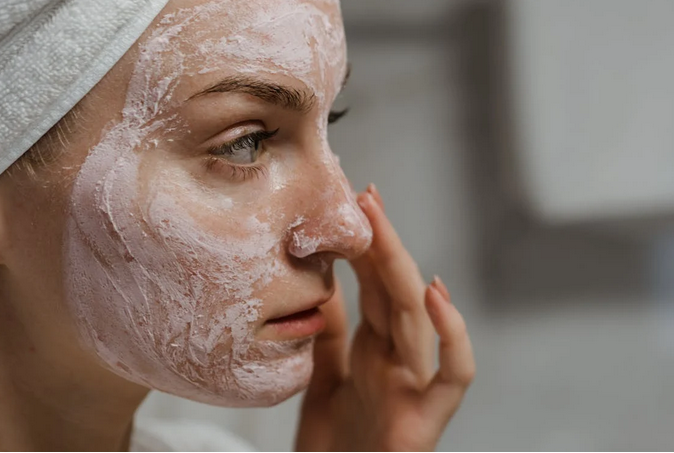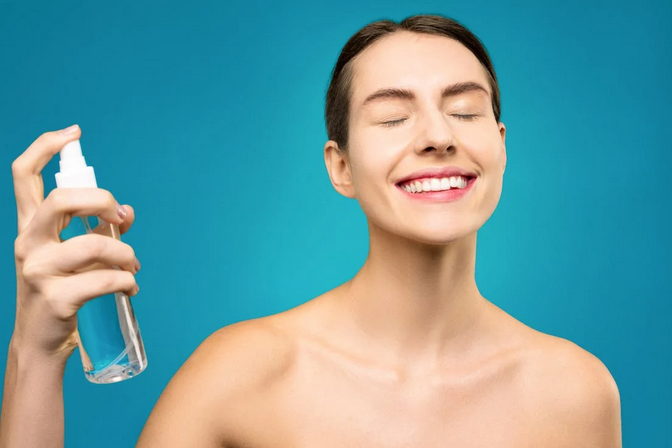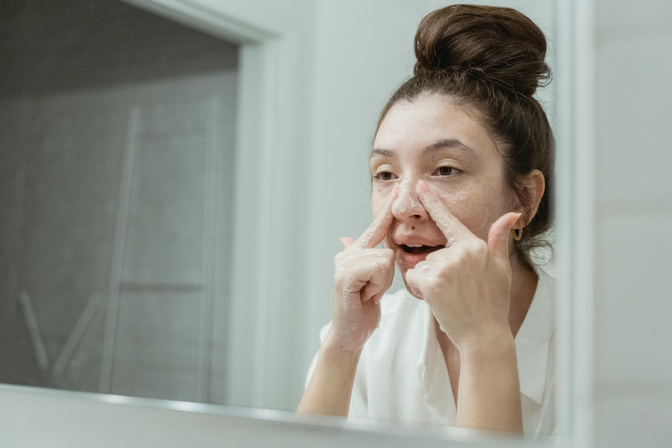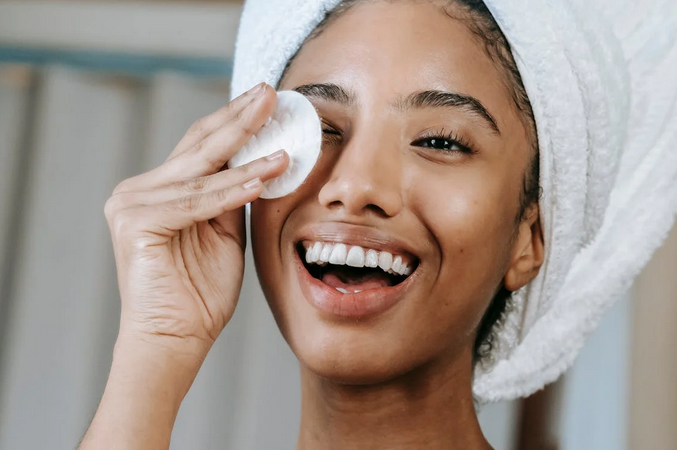If you’ve spent any time scrolling through skincare TikTok or beauty blogs lately, you’ve probably come across the term “skin cycling.” Promoted by dermatologists and influencers alike, this skincare strategy has gained popularity rapidly for its balanced approach to incorporating active ingredients without overwhelming the skin. But is it just another beauty fad riding the algorithm wave, or does it actually offer long-term benefits? Let’s dive into the concept of skin cycling, how it works, and whether it’s a trend worth sticking to or skipping altogether.
What Exactly Is Skin Cycling?

Skin cycling is a skincare routine based on a structured rotation of active ingredients. Instead of layering multiple potent products every night, the routine spaces them out over several days to minimize irritation and maximize results. Typically, the cycle includes exfoliation on night one, retinoids on night two, followed by two nights of recovery with hydration and barrier repair. For those unsure how to safely use exfoliants or retinoids, this simple appearance-boosting guide can make skincare feel less overwhelming. This rhythm allows your skin time to heal between stronger treatments, helping to reduce common issues such as dryness, redness, and breakouts. Dermatologists say it’s a smarter way to build consistency without causing damage—and for many, it’s been a game changer.
Why It’s Gaining So Much Buzz
Part of the appeal of skin cycling is its simplicity. In a world full of complex 10-step skincare routines, many people are craving an easier, more sustainable approach. Skin cycling offers a roadmap that’s easy to follow and doesn’t require an overhaul of your current product lineup. It’s about working smarter with what you already have, rather than doing more. It’s no surprise that this method is becoming popular among both skincare newbies and seasoned enthusiasts.
The Science Behind the Cycle

While skin cycling may sound trendy, the concept is rooted in dermatological principles. Your skin naturally goes through cycles of renewal, and overuse of actives can disrupt this process. By giving your skin time to recover, you’re supporting its barrier function and preventing chronic inflammation—one of the biggest contributors to aging and sensitivity. The alternating use of actives and recovery nights mirrors professional treatment schedules you’d find in clinical settings. So, while the branding might be new, the foundation is backed by real science.
Who Can Benefit the Most?
Although nearly anyone can adopt a skin cycling routine, it’s especially helpful for people with sensitive or reactive skin. If you’ve ever experienced redness, flaking, or burning after trying new products, this approach can offer a safer on-ramp to results. It’s also a great option for those who want to use potent ingredients like retinol but aren’t sure how often to apply them. However, those with more resilient skin or specific concerns like acne or melasma may need a more targeted routine. In those cases, skin cycling might be a starting point rather than a long-term plan.
Is Skin Cycling Here to Stay?

Like any trend, skin cycling might lose some of its hype as newer routines emerge. But the core idea—intentional, strategic use of skincare products—is likely to stick around. It’s a method that encourages consistency and patience, two things that are often missing in the quick-fix beauty culture. The practice may evolve, with more customized cycles based on individual skin types, seasons, or even hormonal changes. But the principle of giving your skin what it needs, when it needs it, has staying power.
At its heart, skin cycling promotes a thoughtful approach to skincare. While the buzz around it may fade, the method itself is grounded in dermatological sense and skin biology. Whether you’re dealing with sensitivity, want to simplify your routine, or just need a reset, skin cycling can be a helpful tool in your skincare journey. So, is it a fad or the future? Maybe a little of both—but it’s definitely worth considering if you’re looking for healthier, more balanced skin.

